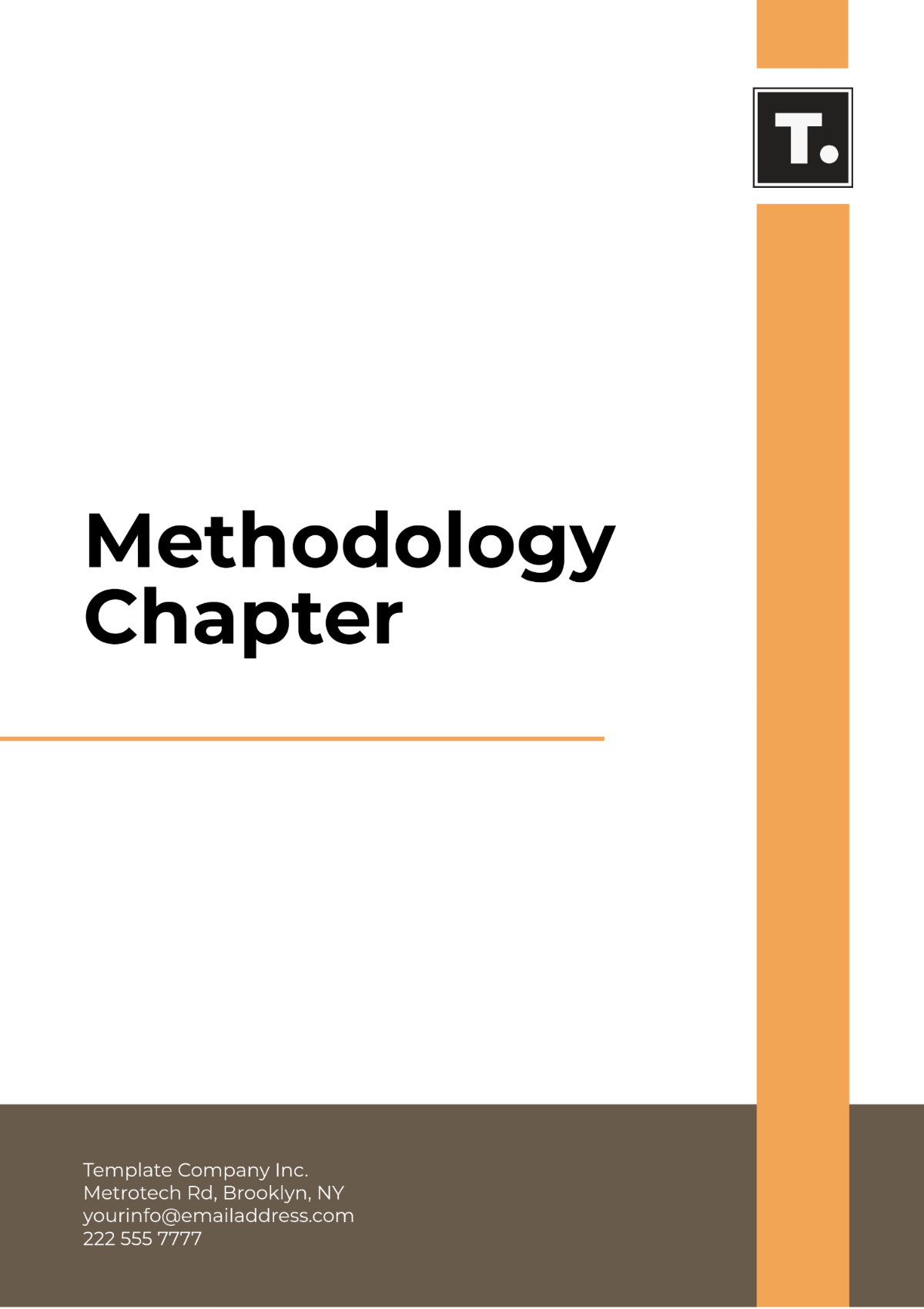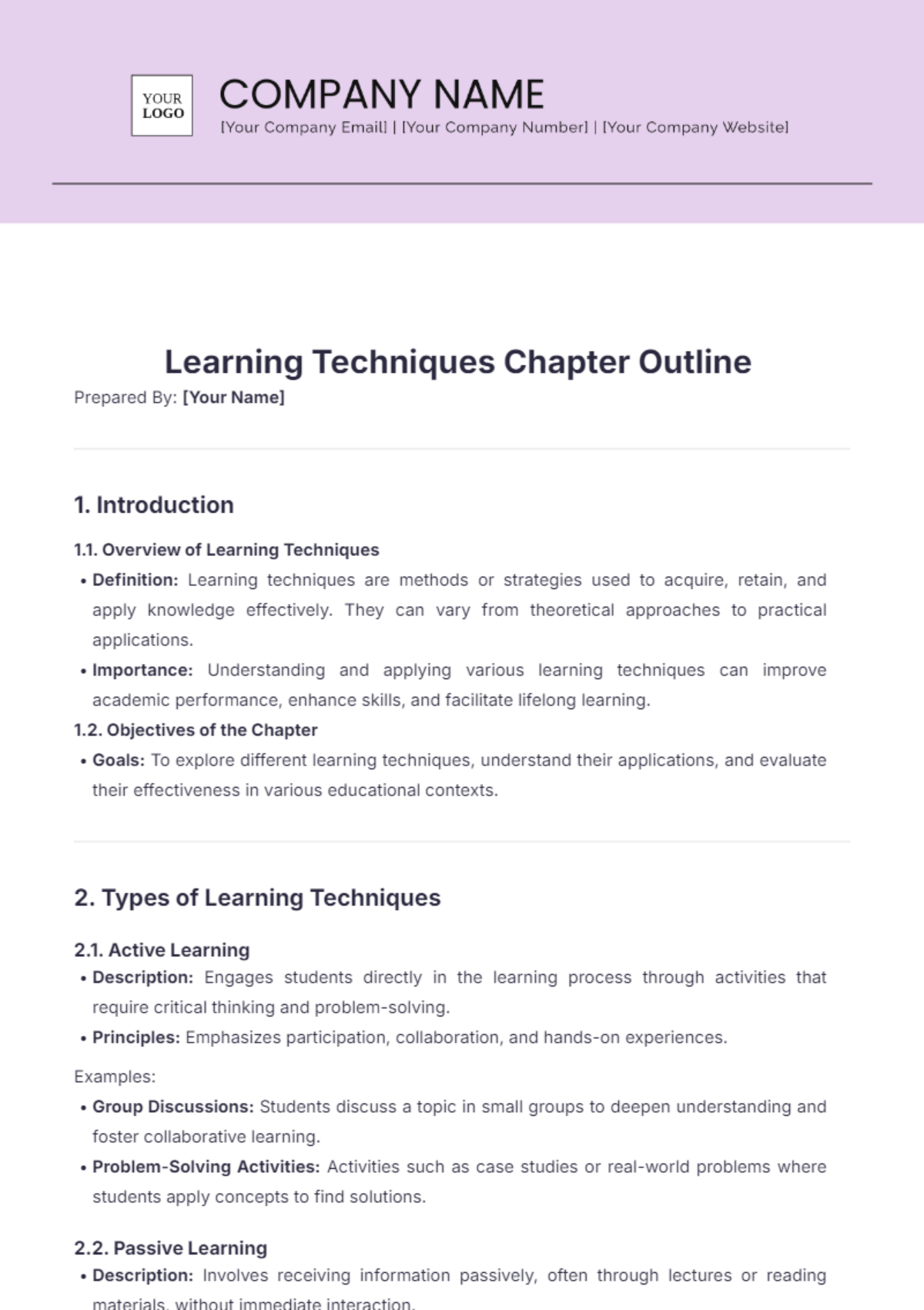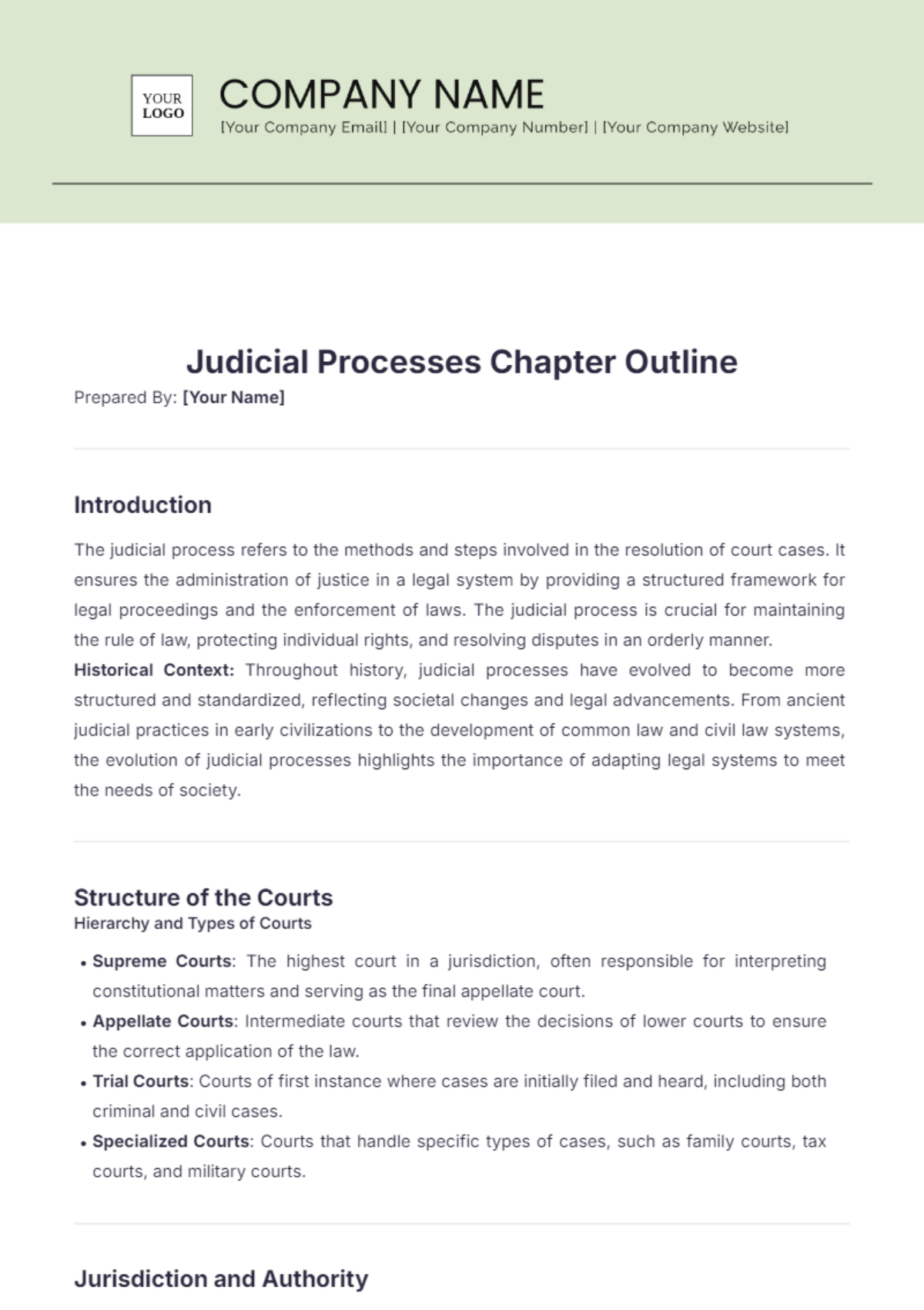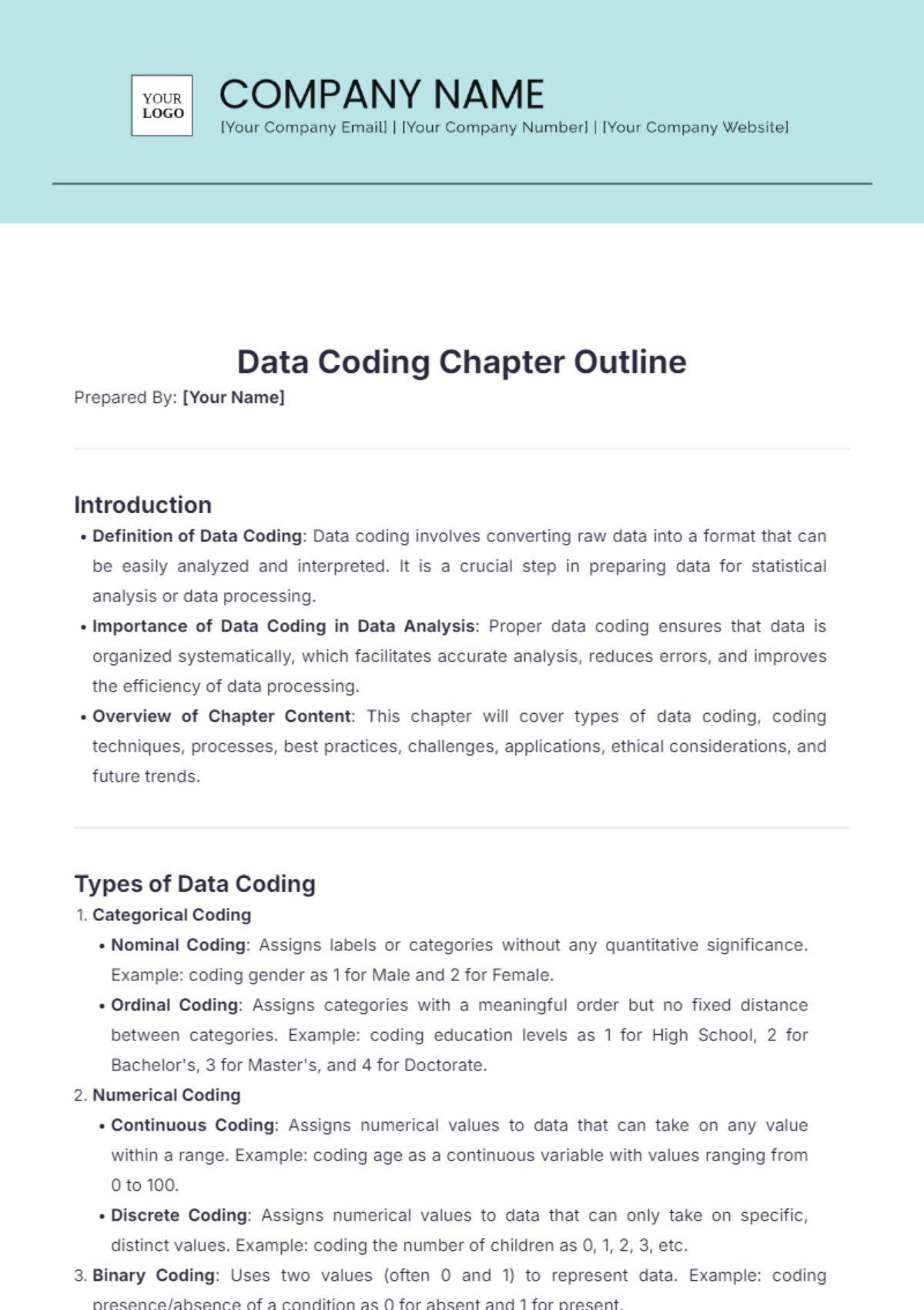Data Coding Chapter Outline
Prepared By: [Your Name]
Introduction
Definition of Data Coding: Data coding involves converting raw data into a format that can be easily analyzed and interpreted. It is a crucial step in preparing data for statistical analysis or data processing.
Importance of Data Coding in Data Analysis: Proper data coding ensures that data is organized systematically, which facilitates accurate analysis, reduces errors, and improves the efficiency of data processing.
Overview of Chapter Content: This chapter will cover types of data coding, coding techniques, processes, best practices, challenges, applications, ethical considerations, and future trends.
Types of Data Coding
Categorical Coding
Nominal Coding: Assigns labels or categories without any quantitative significance. Example: coding gender as 1 for Male and 2 for Female.
Ordinal Coding: Assigns categories with a meaningful order but no fixed distance between categories. Example: coding education levels as 1 for High School, 2 for Bachelor's, 3 for Master's, and 4 for Doctorate.
Numerical Coding
Continuous Coding: Assigns numerical values to data that can take on any value within a range. Example: coding age as a continuous variable with values ranging from 0 to 100.
Discrete Coding: Assigns numerical values to data that can only take on specific, distinct values. Example: coding the number of children as 0, 1, 2, 3, etc.
Binary Coding: Uses two values (often 0 and 1) to represent data. Example: coding presence/absence of a condition as 0 for absent and 1 for present.
Hierarchical Coding: Represents data in a hierarchical structure, where higher levels represent broader categories and lower levels represent more specific subcategories. Example: coding geographical data with levels for country, state, and city.
Data Coding Techniques
Manual Coding
Procedures: Involves coding data manually, often using spreadsheets or coding forms. Example: manually entering survey responses into a coding sheet.
Advantages and Disadvantages: Advantages include full control and flexibility. Disadvantages include higher potential for human error and time consumption.
Automated Coding
Tools and Software: Uses software such as NVivo, MAXQDA, or R for automatic coding. Example: using NVivo to code qualitative interview data based on predefined categories.
Benefits and Challenges: Benefits include increased speed and reduced error rates. Challenges include the need for proper software setup and the potential for coding errors if not properly configured.
Data Coding Process
Designing the Codebook
Structure and Content: A codebook should include variable names, definitions, coding schemes, and instructions.
For example: a codebook for a survey might define variables like "Income" with coding ranges and "Education Level" with categorical codes.
Example of a Codebook: An example might include a table with variables such as "Age" (with codes for ranges like 18-24, 25-34), and "Occupation" (with codes for different job titles).
Implementing Coding Schemes
Step-by-Step Guide: Start by defining the coding scheme, apply it to sample data, review and refine it, and then apply it to the entire dataset.
Example: creating a coding scheme for customer feedback with categories such as "Positive," "Negative," and "Neutral."
Case Study: A case study might involve coding responses from a customer satisfaction survey to analyze feedback trends.
Data Entry and Validation
Techniques for Accurate Entry: Use data entry forms, double-check entries, and employ validation checks. Example: implementing validation rules in Excel to ensure numeric data is entered correctly.
Error Detection and Correction: Use automated checks and manual reviews to identify and correct errors. Example: employing software to flag inconsistent entries or using spot checks.
Best Practices in Data Coding
Consistency and Standardization: Ensure uniform application of coding schemes across all data. Example: using the same code for "Yes" responses in multiple surveys.
Documentation and Record-Keeping: Keep detailed records of coding decisions and changes. Example: maintaining a log of codebook updates and rationale.
Training and Quality Assurance: Provide training for data coders and implement quality checks. Example: Conduct regular training sessions and audits to ensure coding accuracy.
Challenges and Solutions in Data Coding
Common Coding Issues: Issues such as inconsistent coding, ambiguous codes, and coding errors. Example: inconsistent coding of categorical variables like "Marital Status" as "Married," "Single," or "Divorced" without a clear standard.
Strategies for Overcoming Challenges: Implement clear guidelines, provide coder training, and use automated tools. Example: developing a comprehensive codebook and using software to ensure adherence to coding standards.
Applications of Data Coding
In Research
Case Studies and Examples: Illustrate how data coding is used in research studies, such as coding survey responses to analyze public opinion trends.
In Industry
Real-world Applications and Benefits: Examples include coding customer data to segment markets or coding financial data for analysis and reporting.
Ethical Considerations in Data Coding
Privacy and Confidentiality: Ensure that coding practices protect participant privacy and data confidentiality. Example: anonymizing data before coding to prevent identification of individuals.
Data Security Measures: Implement security protocols to protect coded data. Example: using encrypted databases and secure access controls.
Future Trends in Data Coding
Emerging Technologies: Explore advancements such as machine learning and artificial intelligence in data coding. Example: using AI to automatically code large volumes of text data.
Predictions for the Future: Discuss anticipated developments in coding techniques and tools. Example: predicting increased use of automated coding solutions and integration with big data analytics.
Conclusion
Summary of Key Points: Recap the main concepts discussed in the chapter, including types of coding, techniques, best practices, and applications.
Final Thoughts and Recommendations: Offer concluding remarks and recommendations for effective data coding practices.

















































